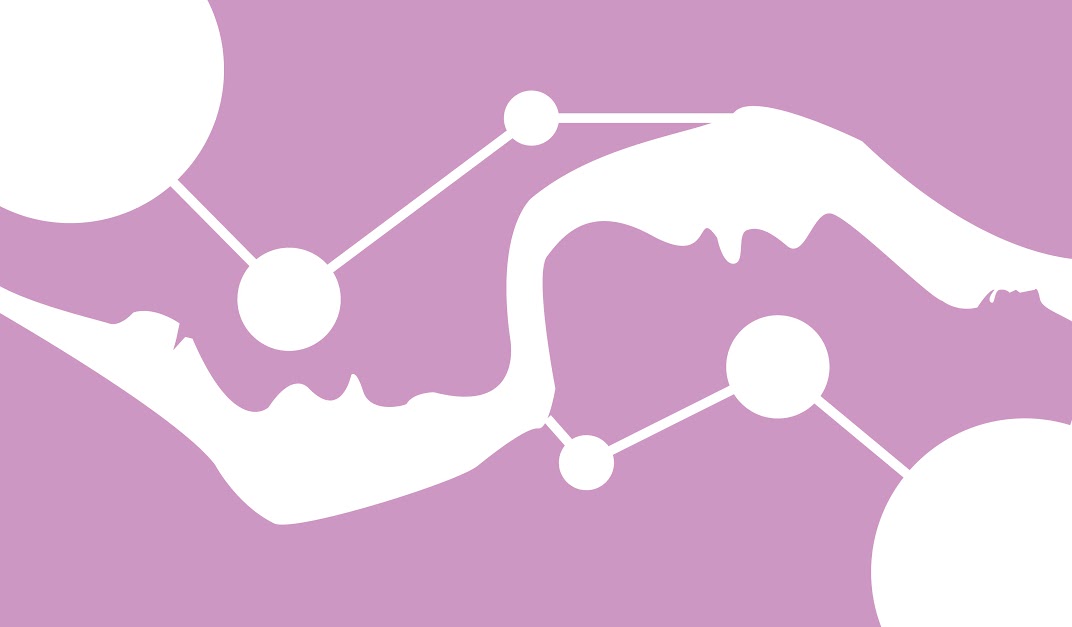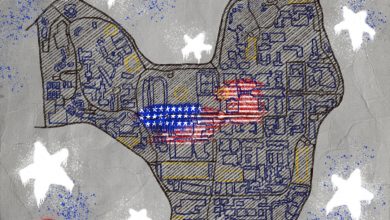Gender Roles: The Good, The Bad And The Truth
To understand gender roles, we have to take a step back and examine where they come from, what they mean and how they function in contemporary society.
Are gender roles a result of social interactions, simply a repeated process that has been learned and taught over time? Or do they result from a biological basis, which is then translated into “natural” behavior? These are the classic “how so” questions of the ongoing gender debate. However, when discussing these of type of ideas and issues, it’s important to remember that they’re not a division of black and white. The way humans live in society is taught over time, but all of these learned behaviors are rooted in an innate characteristics universal to everyone.
Before the Neolithic revolution, in which society became more stable and shifted from a hunter-gatherer lifestyle into an agricultural one, the roles of men and women were equal. Both sexes utilized the skills of one another- women predominantly gathered nuts and berries while men hunted for meat. It is interesting to note that the Neolithic diet consisted of mainly nuts and berries rather than meat. Hunting provided 20% of food consumption while gathering provided 80%. Also contrary to popular belief, hunting during this time wasn’t a competitive skill in which one exercised “aggressive personal combat”. Rather, it meant preying on slow-moving animals like a female giving birth or wounded/killed carcasses and in some cases, simply herding bison off a cliff. More importantly, women and men both relied on each other’s skills, during and after the hunt.
Because women’s duties included gathering, they knew the plants and soil better than the men did at this time, which resulted in higher female agricultural labor in the fields after the Neolithic revolution. However, the expansion and advancement of agriculture caused the shift from female dominated labor in the fields, to a male dominated system. This was because “as more land came under the cultivation with usage of the plough, farming became more labor intensive and larger in scope. Women therefore would have needed to have more children to fill the increase labor demand. As women spent more time pregnant and caring for their children,” they had less time for farming activities, and so by default, men took over their tasks. In turn, women no longer contributed as much to the economic structure of the household, thus began the hierarchical shift of duties and importance. In his book, “Intimate Matters: A History of Sexuality in America”, John D’Emilio claims that “reproduction and production went hand in hand, for family survival in an agricultural economy depended on the labor of children, both in the fields and in the household”.
Agricultural economies shifted the importance of women, who were now more valued for their child-bearing capacities. However, this was a cultural choice, rather than a biological one, because it was both functional and advantageous for the societies who adapted it. In essence, though this choice was cultural, it was biologically based in the need for food production and survival.
Once this shift occurred, as women became increasingly valued for being mothers, it became the justification for the woman’s role in the home. Men began hunting more expansively and farming in the fields with children, while women began cooking and weaving cloth within the home- tasks that were relatively easier while pregnant or raising children.
Thus arose one of the most common myths of gender disparity: boys are stronger than girls. After all, men were doing the fieldwork, they were herding and breeding animals, they were constructing tools and weapons (fun fact: this was debunked– women are believed to be the first inventors of farming tools) and therefore, they were stronger and more capable than women.
While those statements may be true -men were doing those things- they weren’t doing so based upon a biologically more fit, and thereby superior, nature. They were doing so because of the economic shift that resulted in a redistribution of tasks to ensure survival.
Men are not stronger than woman, in the conventional sense of the word “strong”. Men have more muscle “strength” than a woman, but this is also due to the fact that women have more fat in their bodies as opposed to men, because females have higher estrogen levels. This is because a woman needs more fat because she supports child-bearing capabilities. Moreover, this excess fat doesn’t affect the physical strength of a woman. The above linked article states, “a woman may end up with less absolute strength than a typical man, but she can still gain muscle and strength with a progressive resistance program. The fact that women’s muscle fibers tend to be smaller means she doesn’t have to fear getting huge and bulky from weight training.” Absolute strength is defined as “the maximum amount of force exerted, regardless of muscle or body size. Greater amounts of absolute strength favor those with higher bodyweight and in general, larger individuals. Greater absolute strength will improve relative strength capabilities.” Therefore, strength differs based upon your size and body type, which differs within male and females alike, not necessarily between the two sexes.
This functions as one of the classic examples of difference between male and females and how it’s become a negative construct in the world today. Differences do exist, they are biologically rooted but culturally expanded upon. We need to make sure that the cultural ideas that surround our biology of male and female do not create or reinforce a hierarchical system of “good” and “bad”, of “weak” and “strong” but simply “different”. Each sex has the same basic skills, but those skills are used differently for different reasons. It’s been about 10,000 years since the last time equality between the sexes existed- it’s about time to bring it back.





